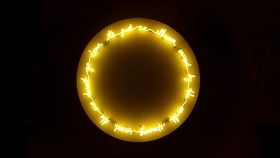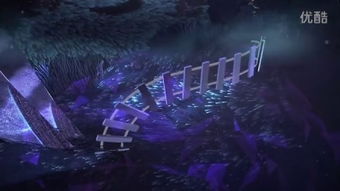Content:
Introduction: Dragonfish, known for their majestic appearance and elusive nature, have long been a sought-after catch for anglers around the world. These magnificent creatures, scientifically known as Amur salmon, are not only a challenge to catch but also a sight to behold. In this article, we will delve into the art of catching dragonfish, providing you with essential techniques and a detailed diagram to help you master this captivating pursuit.

Understanding Dragonfish: Before we dive into the techniques, it's crucial to understand the dragonfish. Dragonfish are known for their distinctive features, such as their large, sharp teeth, and their striking coloration, which ranges from a deep red to a silver sheen. They are highly migratory and are found in the Pacific and Atlantic oceans, as well as in some rivers and lakes. Their diet primarily consists of small fish, crustaceans, and insects.
Choosing the Right Equipment: To catch a dragonfish, you need the right equipment. Here's a list of essential gear you'll need:
- A strong, durable rod designed for heavy-duty fishing.
- A high-quality reel with a strong drag system to handle the powerful pull of a dragonfish.
- Monofilament or braided line, with a breaking strain of at least 20 pounds.
- Heavy-duty hooks, preferably with a wide gap to accommodate the dragonfish's large mouth.
- Lures and baits that mimic the dragonfish's natural prey.
Selecting the Right Location: Dragonfish are often found in deep, cold waters, particularly in coastal areas and river mouths. To increase your chances of catching a dragonfish, focus on the following locations:
- Near river mouths, where freshwater meets saltwater.
- In deep channels and drop-offs, where the water temperature is cooler.
- In areas with strong currents, as dragonfish are known to congregate in these conditions.
Mastering the Techniques:
a. Trolling: Trolling is one of the most effective methods for catching dragonfish. Here's how to do it:
- Start by attaching your lure or bait to the end of your line.
- Set your rod in a rod holder and adjust the speed of your boat to around 2-3 knots.
- Keep an eye on your line for any sudden movements or tugs, which could indicate a bite.
- If you feel a strong pull, be prepared to set the hook quickly and firmly.
b. Jigging: Jigging involves casting your lure or bait into the water and retrieving it in a series of sharp, upward movements. Here's how to jig for dragonfish:
- Cast your lure or bait into the water and let it sink to the desired depth.
- Retrieve the lure by lifting it quickly and then allowing it to fall back down.
- Repeat this motion, varying the speed and intensity of your retrieves to mimic the movement of prey.
c. Bottom Bouncing: Bottom bouncing is a technique where you allow your lure or bait to hang just above the bottom. Here's how to bottom bounce for dragonfish:
- Attach your lure or bait to the end of your line.
- Lower your lure to the bottom and allow it to hang there for a few seconds.
- Then, slowly retrieve your lure, keeping it just above the bottom.
Diagrams and Visual Guides: To help you visualize the techniques mentioned above, we have provided a series of diagrams and visual guides. These will assist you in understanding the correct movements and placements of your equipment and bait.
Conclusion: Catching a dragonfish is no easy feat, but with the right techniques and equipment, you can increase your chances of success. Remember to choose the right location, use the appropriate gear, and master the techniques of trolling, jigging, and bottom bouncing. With patience and perseverance, you'll be well on your way to reeling in this majestic creature. Happy fishing!












